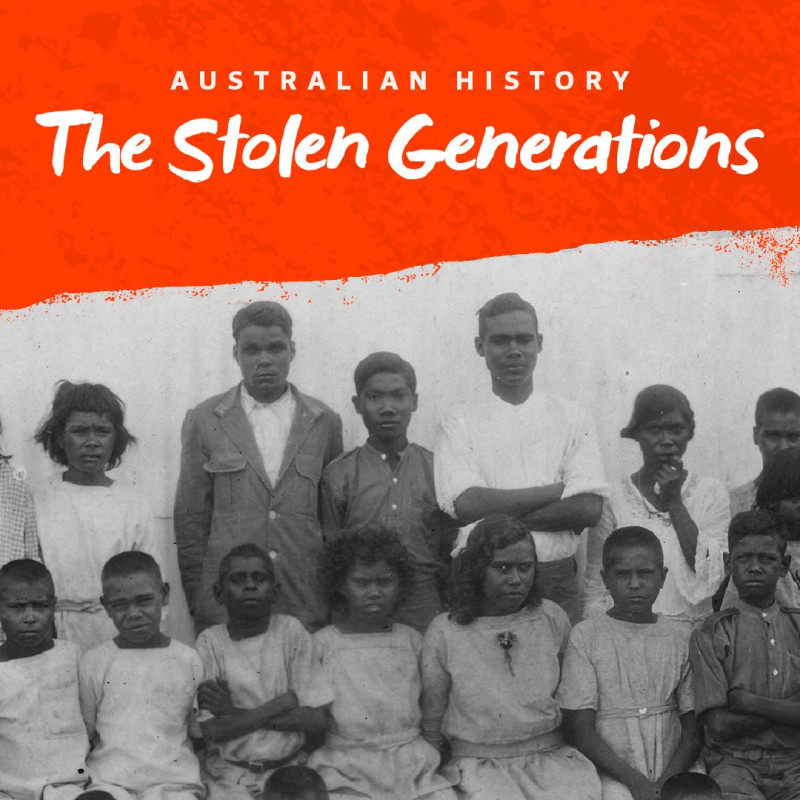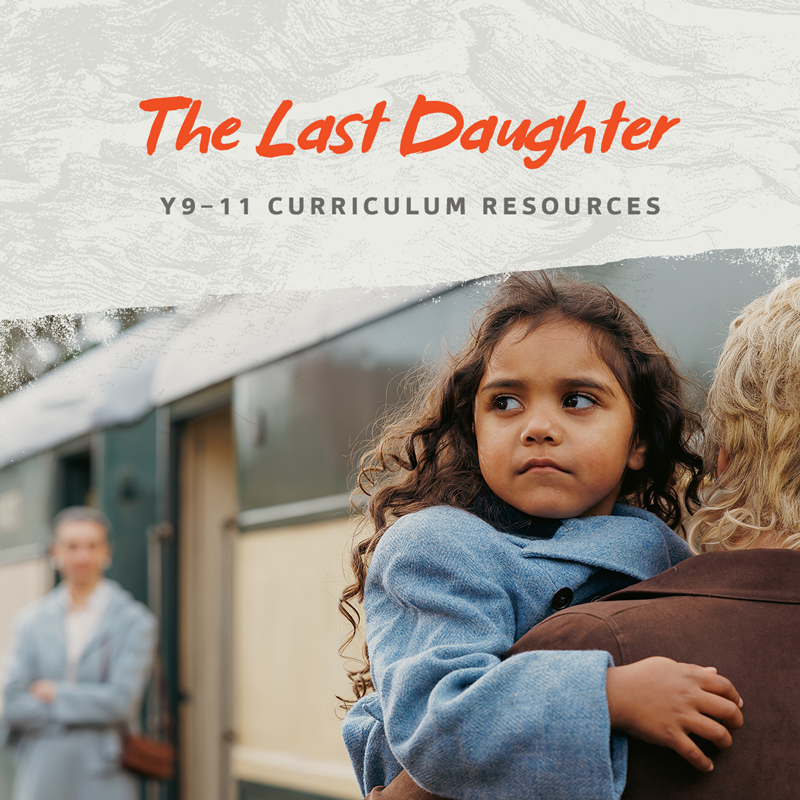Foundation
Foundation English, Dance & Media Arts – First Nations storytelling
Students are introduced to a variety of First Nations stories and different ways that stories can be told, such as through dance or oral storytelling. Students consider the messages or lessons found in both familiar and less-familiar stories and connect with the ways stories can bring us together.
Foundation HASS, English, Health and PE & Dance – Exploring families, kinship and home
Starting with their own families, students explore ways of understanding family. They consider First Nations families and kinship and think about their own family as a continuous unit over time. The concept of Elders is used to highlight that everyone needs people who help them learn and be safe.
Foundation English & HASS – Stories, families, places: belonging forever and ever
Foundation English, Science & Visual Arts – Looking at and listening to our world
Year 1
Y1 Science & English – Knowing Country
This unit explores the important information First Nations Peoples collect and communicate from observing the natural environment. Students will identify and make connections to what we observe, why we observe, how we observe and ways to communicate observations.
Y1 English, HASS & Drama – First Nations societies before colonisation: Dreaming, living, using waterways
Y1 English & Science – Tracking meanings from cultures and Country
Year 2
Y2 English & Health and PE – Words that welcome, acts that acknowledge
Students explore the meaning behind the Welcome to Country and Acknowledgement of Country protocols and how we can use these protocols, meaningfully, to show respect for the relationship between First Nations people and Country.
Y2 English & HASS – Exploring texts by Indigenous authors
Year 3
Y3 Science, English & Media Arts – Life cycles
Students learn how First Nations Peoples understand and use the life cycle of living things sustainably. They develop an understanding and appreciation for the diversity of life through personal observation, investigation and creative writing.
Y3 English – Sharing stories
Year 4
Y4 English & Health and PE – Stories of identity
This unit immerses students in the cultural stories and songs of First Nations Peoples, exploring the important role cultural practices and beliefs play in the development and expression of identity. Students consider the role culture plays in their own lives and reflect on how they might express their unique identity.
Y4 English & HASS – Indigenous languages and Standard Australian English: influences and impacts
Year 5
Y5 HASS & English – Perspectives on colonisation
Students inquire into the impact of colonisation on people and places throughout the late 1700s and 1800s. They look at the causes and effects of change on different groups of people, particularly First Nations Peoples, and the environment. Students explore varying perspectives on key aspects of colonisation.
Y5 English & Media Arts – One continent, many voices
Students examine literary texts by First Nations people that depict impactful events. They explore aspects of the texts that convey historical context, investigate narrative voices in the texts, and analyse the responses these voices evoke.
Y5 English – The power and purpose of protest
Year 6
Y6 English – Themes in First Nations texts
In small reading groups students explore themes in novels by First Nations authors. They experience a story through the lens of the author and examine characters, settings and events. This learning is then applied in group discussion and writing activities.
Y6 English – Rich expression: bringing together Indigenous languages and Standard Australian English
Year 7
Y7 English – The Sapphires: cultures & contexts
In this unit, students explore the ways that identity is shaped by cultures and contexts. A close analysis of the film, The Sapphires, encourages students to recognise the personal empowerment of culture and identity, and to consider the impact that a disruption to this can have on a person.
Y7 English – Whose experience? Whose perspective?
Year 8
Y8 English – Speeches for reconciliation
Students develop awareness of the ways speeches inform ideas and actions around reconciliation. Relevant concepts are unpacked and their representation in spoken texts is examined. Students engage with a variety of texts, a diversity of voices and different uses of persuasive language techniques.
Y8 English – First Nations poetry and song
Students explore lived experiences of First Nations Peoples, reflecting on the use of language to examine themes of identity, Country and disconnection from culture. Students develop an understanding of tone and other literary devices, and skills in communicating their ideas about texts.
Y8 English – Contexts for reconciliation
This unit allows students to develop awareness of the ideas, contexts and perspectives around reconciliation. Students unpack relevant concepts and texts and are encouraged to convey a respectful attitude towards learning about a complex issue that affects all Australians.
Y8 English – Connection to Country in Indigenous-authored texts
Year 9
Y9 English – Exploring First Nations texts
Students explore how First Nations Australian authors reflect unique ways of being, knowing, thinking and doing. This is achieved by reviewing the early history of First Nations literature and the difficulties of storytelling, and by analysing and contextualising protest poetry, drama and contemporary autobiographical writing.
Y9 English – How have Aboriginal and Torres Strait Islander literary texts emerged in Australia?
Y9 English – How does the media report on matters relating to Aboriginal and Torres Strait Islander peoples?
Year 10
Y10 English – Comparison of Indigenous and non-Indigenous media sources
Australians Together Learning Framework
Take a deep dive into the Learning Framework and explore our vast array of First Nations stories, activities, resources, and more. Curate your own customised learning journey to unlock the truth of our past, prompt reflection about our present, and inspire meaningful action that will bring about a brighter shared future for our nation.
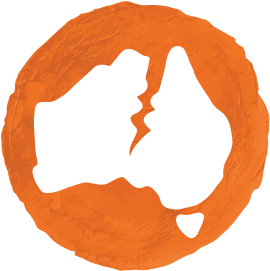

Injustice from the impact of colonisation.
Discover our curated collection of stories, articles and statistics that expose the injustices at the heart of our nation.
Who are Indigenous Australians?
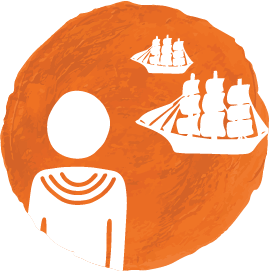
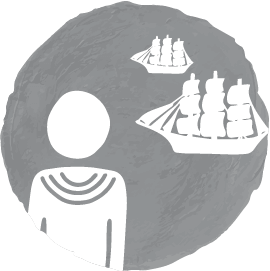
A past that shapes our story as a nation.
Tell stories that many Australians have never heard.
Immerse yourself in stories and articles to understand the connection between our nation’s past and present.
Busting the myth of peaceful settlement
Early missionaries to Australia
The civil rights movement in Australia


What’s it got to do with me?
Examines why this is relevant to every Australian.
Browse articles and stories that explore the ways we’re all connected, and what this means for us as Australians, collectively and individually.
What does this have to do with me?
Australia Day: answers to tricky questions
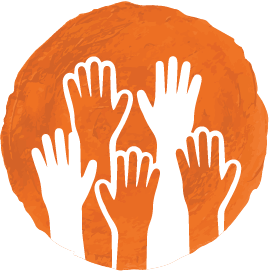

Everyone has culture. Know about your culture and value the culture of others.
Dive into stories and articles that explore the significance of culture and its role in building a brighter future together.
Welcome to and Acknowledgement of Country


Steps we can take to build a brighter future.
Find inspiration in stories and articles that show even little steps can lead to big change when we do things together.
How do I get the most out of these resources?
The resources are designed to be flexible and modular, working around how you like to teach. You can use the resources exactly as they’re designed, or as a starting point from which to build your own lessons. Make them your own and use them to help you feel more confident in class.
Ready-made resources that save you time and help engage students
Make a difference in your classroom with easy-to-use, ready-made resources that will help your students understand First Nations stories, experiences and perspectives.
- Everything is ready to go
- Save you time
- Authentic learning

How will Australians Together continue to help me?
Change takes time and we’re here to provide the support you need over the long term. We’re constantly building new resources and we love to hear from educators like you. Feel free to reach out at any point and we can see how we can help. Together we can build a brighter future and a more united Australia for everyone.
Here’s why so many teachers love our resources:
- Everything is ready to go
Our resources include teacher guides and student handouts. - Save you time
Teachers love our resources as they it saves them time when lesson planning and they’re packed full of activities that really engage students. - Authentic learning
Teachers are following our resources’ responsive framework to confidently teach about Aboriginal and Torres Strait Islander histories, cultures and perspectives.
Have your say

Lets talk
We'd love to hear your feedback, comment or suggestions.
Contact us
contact@australianstogether.org.au
Phone: (08) 7073 6499
PO Box 107
PARK HOLME SA 5043

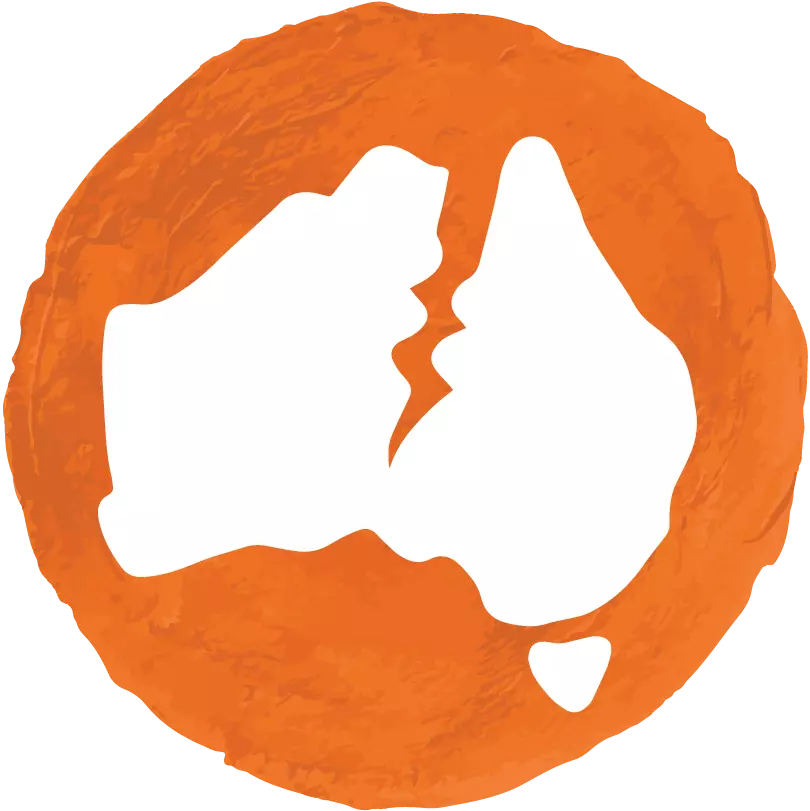 The Wound
The Wound
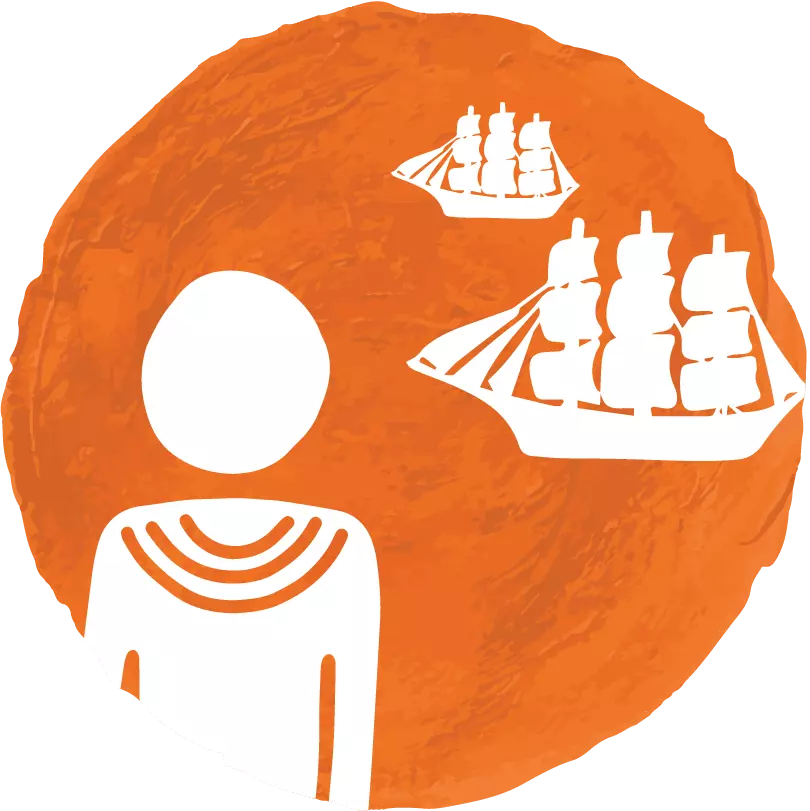 Our History
Our History
 Why Me?
Why Me?
 Our Cultures
Our Cultures
 My Response
My Response







